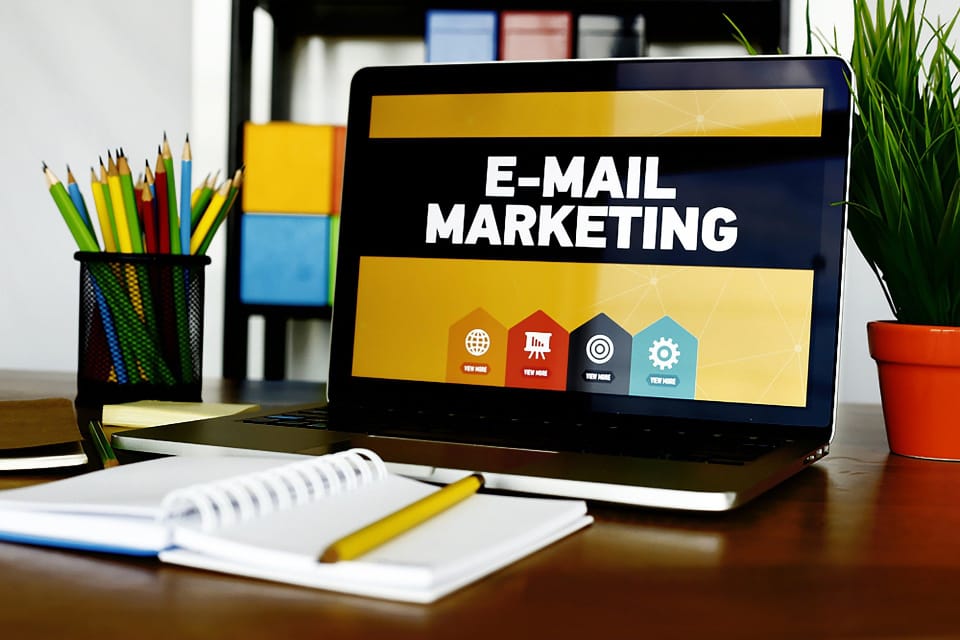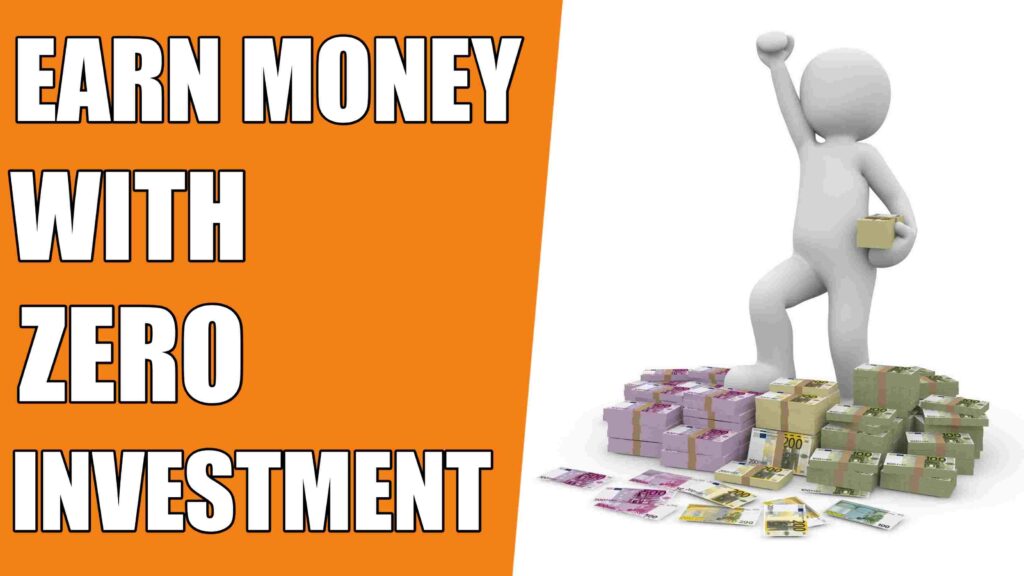What is email marketing? Why do companies even bother sending promotional messages to their customers? If you have any of these questions, keep reading to find out everything you need to know about email marketing.
Then, we’ll take a look at some examples of effective email marketing campaigns and see how they were built. By the end of this guide, you’ll be equipped with the tools to build your own successful marketing emails and turn them into high-converting revenue streams!
What Is Email Marketing
The definition of email marketing is very simple: It’s sending electronic messages to a list of people who have specifically opted in (i.e., requested) to receive them.
These days, many companies follow an inbound philosophy when it comes to marketing, which basically says that if you give customers great content they’ll come back again and again.
So what’s stopping your company from following suit? Basically, nothing! With some time and effort, you can establish a powerful inbound marketing strategy using email lists — so let’s get started! Read on for all you need to know about email marketing…
How Can I Best Use Email Marketing?
While email marketing isn’t exactly a new tool in today’s business landscape, it is one that doesn’t seem to be going anywhere anytime soon. So what is email marketing? Simply put, it’s when businesses send emails directly to customers who have opted-in.
The goal of such communication is pretty simple: to remind users of their brands and drive sales through good product recommendations and timely promotions. That said, there are a number of ways you can use email marketing, with some—such as product recommendations—being better than others depending on your customer base.
In fact, there are three main categories (product recommendations, sales promos, and customer service) for effective email marketing. Let’s take a closer look at each
What Do I Need to Get Started?
First, you need a way to get your content into an email. There are plenty of options for email delivery, and we’ll look at those in a minute. For now, just know that you’ll need some way of sending your content.
If you don’t already have an autoresponder that sends new subscribers your emails when they sign up (like Aweber or MailChimp), then you’ll need to install one on your website. Check out our list of autoresponders here if you’re not sure which one is right for you.
Where Can I Send My Emails From?
Before we get into how you can start your own email campaign, let’s go over what email marketing is. When you send out emails to a group of people who have agreed (either explicitly or implicitly) to receive them, you are doing email marketing. While that doesn’t explain how it works in practice, let’s take a look at an example from Facebook where I’ve signed up for a restaurant delivery service.
Once I signed up for their service and gave them my address, they sent me an email asking if I wanted two free entrees for my first order. To some people that may not seem like email marketing – but it is.
Why Is List Segmentation Important?
List segmentation is what separates good marketers from great ones. It allows you to target specific demographics and interests with content that is tailored specifically for them. With proper list segmentation, you can speak directly to your customers about topics that are relevant and interesting without worrying about boring or alienating other readers with irrelevant information.
In today’s digital world, making sure your marketing efforts are targeted and relevant is more important than ever before. Luckily, there are tools like MailChimp that make list segmentation a cinch. Let’s take a look at why list segmentation is so important, how it works, and how it makes all of your email marketing campaigns better in just 5 steps!
What Should I Say in My Emails?
Your customers will receive a number of emails from you, but if you want them to actually open them (and act on what’s inside), your subject line has to be eye-catching. If it doesn’t grab their attention, they might not bother reading your message—or worse, they’ll mark it as spam.
Start with an obvious call-to-action, like Register for our free seminar today! or Free sample sale! Be one of only five people in line tomorrow morning! Then include a time limit and some specifics: $50 off all fall boots before Sept. 15.
How Long Should My Subject Lines Be?
With ever-increasing competition from social media and other channels, it’s more important than ever for marketers to stand out in their subscribers’ inboxes. According to a survey conducted by Litmus, 41% of consumers who receive unwanted emails report them as spam.
In order for your email marketing efforts not only to be successful but also ensure deliverability—and avoid becoming spam in your subscribers’ eyes—it is important that you are able to keep your subscribers engaged throughout all stages of their relationship with you and remember:
One surefire way of doing so is through subject lines! The optimal length varies based on industry, but generally speaking, shorter subject lines have proven more effective. So what is an appropriate length? How long should subject lines be?
When Should I Send Emails in a Series?
This can be a tricky question and there is no one right answer. If you send emails out too frequently, you risk spamming your subscribers. However, if you wait too long between emails, you risk losing subscribers.
Most experts agree that when someone subscribes to your email list, their first email from you should arrive within 24 hours (without being annoying). If it takes longer than that for them to hear from you again then that’s probably too long—especially for a new subscriber.
What Email Tools Are Available for Me?
Once you’ve figured out what kind of content you want to send and set a frequency schedule, it’s time to start thinking about how you can put your ideas into action. Before you get started, it’s important that you know what tools are available for you.

Here is a list of some popular email marketing tools that are free and easy to use. You don’t need special software or coding skills—just sign up for these services, create an account, and get started with sending beautiful emails!








